What is the Real ROI of Investing in a Premium or Luxury Box Making Machine?
Struggling with slow production and high costs? Wondering if a premium machine is worth the money? Let’s explore the true return you might get from this kind of investment.
Investing in a premium machine, like the ones we build at Kylin Luxury Box Making Machine, significantly boosts your production speed and quality. It also cuts down on labor needs. This leads to higher profits, faster order completion, and a stronger place in the market, giving you a solid long-term ROI.
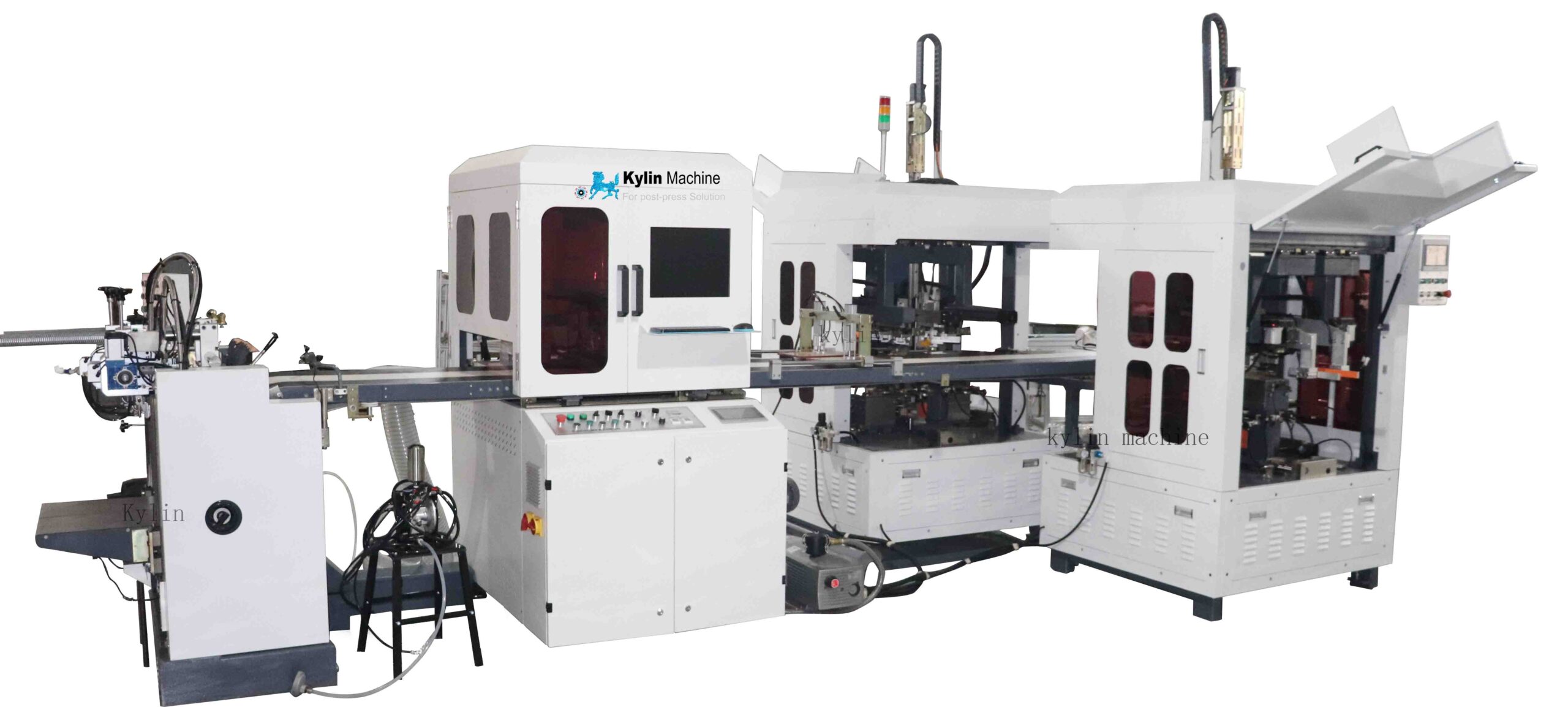
Understanding the potential benefits is a good start. But knowing how to calculate the return for your specific business is really important. Let’s look at how you can figure out the actual numbers. This will help you see if buying a premium machine makes sense for your company right now.
How do you calculate ROI for machinery?
Are you confused about ROI formulas? Do you need a simple way to check if new machinery will actually pay for itself? Let me help you understand the calculation process more clearly.
To figure out the ROI for machinery, first find your net gain. Subtract the total cost of the machine from the total money gained (more sales + cost savings). Then, divide that net gain by the machine’s total cost. Multiply by 100 to get the ROI percentage.

Let’s dive deeper into this calculation.
Breaking Down the ROI Formula
The basic formula looks straightforward:
ROI = [(Total Gains - Investment Cost) / Investment Cost] * 100%
. But the key is understanding what makes up the ‘Total Gains’ part. It’s more than just one number. You need to consider several ways the machine helps you make or save money over a specific time, usually a year.
Key Components of ‘Total Gains’
Think about these factors when you estimate your gains:
| Gain Factor | Description | Example (Using a Kylin Machine) |
|---|---|---|
| Increased Revenue | Higher output lets you finish more orders. Better quality can attract new customers or allow higher prices. | You might produce twice as many luxury boxes per shift. Premium clients might pay more for top quality. |
| Labor Cost Savings | Automation handles tasks previously done by people, reducing wage costs. | Our machines with robotic spotters can cut manual assembly needs, potentially saving half your labor cost for that step. |
| Reduced Waste | Precise machines make fewer mistakes, meaning less wasted paperboard or glue. | Accurate cutting and forming could lower material waste by maybe 5-10%. |
| Lower Maintenance | New, high-quality machines usually break down less often than older ones. | You’ll likely spend less time and money on repairs compared to older, less reliable equipment. |
Remember to decide on the time period for your calculation. Most people use one year, but you can look at 3 or 5 years too. Also, think about benefits that are hard to put a number on, like better worker safety or a stronger company image. When I talk with clients about our Kylin machines, we often go through these potential savings together to build a realistic picture.
Does ROI include original investment?
Are you unsure about which costs count in your ROI calculation? Worried you might forget some hidden expenses? Let’s make it clear how the initial investment cost fits into the ROI picture.
Yes, absolutely. The ROI calculation always needs the original investment cost. It’s the base of the formula. You subtract this total cost from your gains before dividing by the cost again. This shows the return compared to what you initially spent.

Let’s look closer at what makes up that original investment cost.
What Constitutes the ‘Original Investment’?
The ‘original investment’ isn’t just the price tag you see on the machine. It includes all the money you spend upfront to get the machine running in your factory. Getting this number right is very important for an accurate ROI calculation. If you miss costs, your ROI will look better than it really is.
Comprehensive Investment Costs
Here are the typical costs you should include:
| Cost Category | Description | Example (Buying a Kylin Machine) |
|---|---|---|
| Purchase Price | The amount you pay the manufacturer for the machine itself. | The quoted price for the Kylin rigid box maker you need. |
| Shipping & Delivery | The cost to transport the machine from the factory (like ours in China) to yours. | Freight, insurance, and handling charges. |
| Installation | Fees for experts to set up the machine and connect it to your systems. | Paying technicians for setup and calibration time. |
| Training | The cost to teach your team how to use the new machine safely and well. | Fees for operator training sessions, maybe travel costs. |
| Initial Materials | Any special supplies needed just to get started, before normal production. | The first order of specific glue, setup tools, or jigs. |
| Facility Upgrades | Sometimes you need to modify your space, like improving power supply. | Cost of electrical work or reinforcing the floor area. |
Getting a full picture of these initial costs is essential. When we at Kylin Machinery give quotes, we try to be clear about costs like training and installation support. This helps our clients budget properly. Forgetting something like shipping or training costs can cause budget problems later on.
How can you use an ROI calculator effectively?
Do you want a fast way to estimate the return on investment? Do you need a tool to handle the math for you? Calculators are helpful, but you have to feed them the right information.
Use an ROI calculator by entering your estimated total gains (extra revenue + cost savings) and your total initial investment cost. The calculator does the math:
(Gains - Cost) / Cost * 100%
. It gives you the final ROI percentage quickly.

Let’s explore how to make sure the numbers you put into a calculator are useful.
Understanding ROI Calculator Inputs
Many websites offer free ROI calculators. They are great tools, but remember: the result is only as accurate as the numbers you put in. You need realistic estimates for both the costs and the benefits. Garbage in, garbage out, as they say.
Key Data Points for Accurate Calculation
Here’s what you need to gather before using a calculator:
| Input Data | Where to Find / How to Estimate | Example (Considering a Kylin Hybrid Machine) |
|---|---|---|
| Initial Investment | Add up the machine price, shipping, installation, training, and any other setup costs. Refer back to the previous section for a full list. | Get a complete quote from us at Kylin. Add estimated shipping costs. Factor in technician time for installation and training fees. Let’s say it totals $150,000. |
| Annual Revenue Gain | Estimate how many more units you can produce and sell. Multiply that by your profit per unit. Consider if better quality allows higher pricing. | Maybe the Kylin machine doubles output. If you make 1,000 extra boxes/day at $0.50 profit each, for 250 days/year, that’s $125,000 extra revenue. |
| Annual Cost Savings | Add up savings from needing fewer workers, using less material, lower maintenance costs, maybe even less energy use. | Perhaps save 2 operator salaries ($80k/year). Reduce material waste ($5k/year). Lower repair bills ($2k/year). Total annual savings might be $87,000. |
| Calculation Period | Decide the timeframe. One year is common for a start, but you might want to project over 3 or 5 years. | Let’s calculate for the first year. You can adjust later. |
Be honest with your estimates. Don’t assume the best possible outcome for gains, and don’t ignore potential costs. I often suggest running numbers for a likely scenario first. Then maybe look at a best-case and worst-case scenario too. When talking with clients about our Kylin machines, like our advanced models with robotic spotters or hybrid capabilities, we focus first on the clear savings in labor and materials, and the measurable increase in output. New business from higher quality is a potential bonus.
Conclusion
Investing in premium machinery, like the advanced solutions from Kylin Machine, needs careful thought about ROI. Calculate your costs and potential gains accurately. This helps you make a smart choice for your business’s future profit and growth.

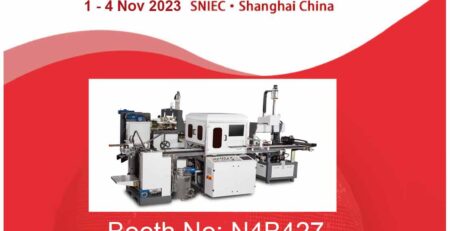
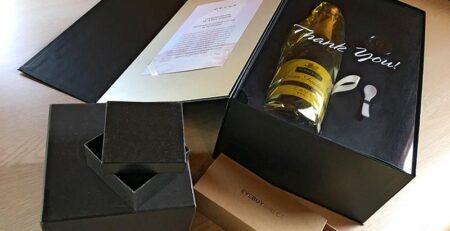

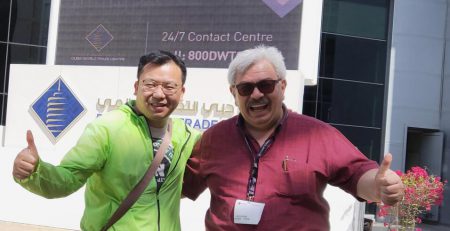

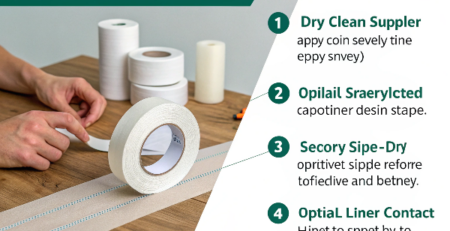
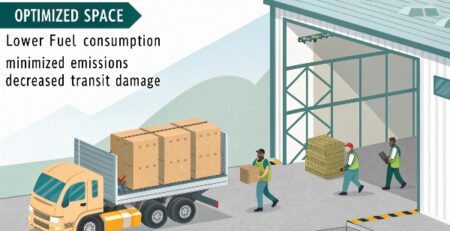

发表回复